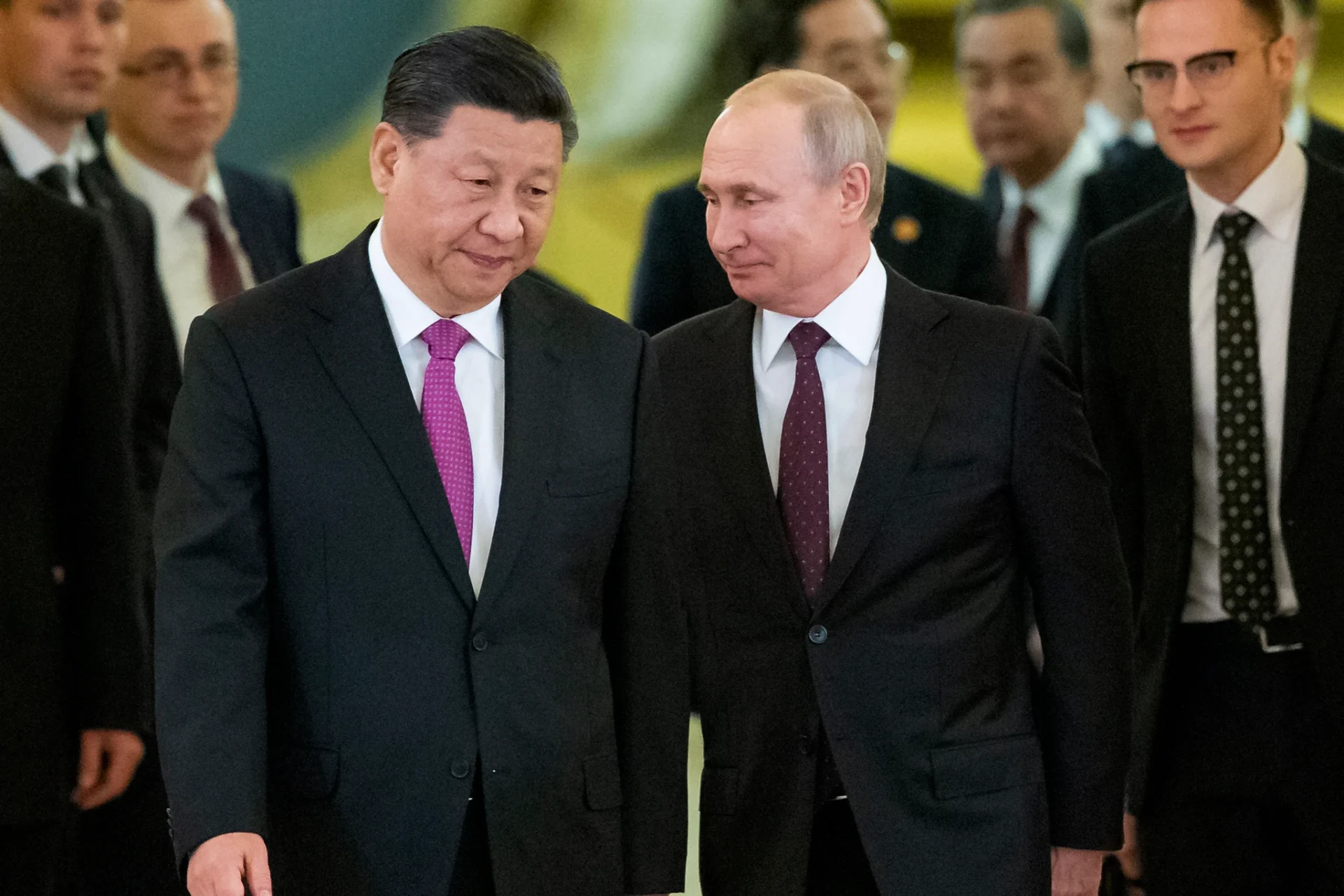The geopolitical landscape of global finance may soon experience a seismic shift as BRICS, a prominent economic coalition comprising Brazil, Russia, India, China, and South Africa, contemplates a potential common currency.
The murmurings in the corridors of economic diplomacy revolve around a seemingly audacious idea, yet the group’s final decision on the matter remains undecided.
Ebbing the dollar dominance: An uphill battle
Current developments suggest that the BRICS nations are moving toward de-dollarization – reducing their reliance on the U.S. dollar. But rather than converging towards a shared currency, these countries are gradually leaning into transactions in their own national currencies.
While a sweeping change like a common currency could alter the dynamics of international trade, such a transition may be farther on the horizon than recent speculation suggests.
The New Development Bank (NDB), an entity established by the BRICS bloc, recently quelled rumors of an immediate push toward a common currency.
Instead, their approach seems to be a concerted attempt to bolster bilateral trade in their respective national currencies, indicating a collective stance that doesn’t seem ready to directly challenge the dollar’s global dominance.
Leslie Maasdorp, Vice-President and CFO of the NDB, underscored that the creation of an alternative is a medium to long-term ambition and there is no immediate plan to create a BRICS currency.
Expansion and influence: The BRICS vision
On another front, the BRICS bloc is making strides in expanding its influence. Founded in 2009, BRICS has aimed to offer a counterweight to the traditional dominance of the U.S. and its allies in multinational financial institutions like the World Bank and the International Monetary Fund.
With a keen eye on a $50 billion subscribed capital, the Shanghai-based NDB is poised to expand its financial influence, with 40% of its lending aimed at climate-related projects.
In a display of its growing appeal, BRICS has received membership interest from a host of countries, including Saudi Arabia, United Arab Emirates, Egypt, Algeria, Argentina, Mexico, and Nigeria.
This expansion could significantly elevate the bloc’s economic weight and geopolitical clout, further bolstering its influence on the global stage.
Balancing Act: Future Outlook and Implications
While Brazil’s President Luiz Inácio Lula da Silva has recently challenged the supremacy of the U.S. dollar, the nations are treading carefully. With the escalating conflict in Ukraine, Russia has intensified its push for de-dollarization, echoed by fellow BRICS nation, China.
Yet, these movements are currently more focused on increasing transactions in domestic currencies than on introducing an alternative global currency.
Should BRICS expand to include other emerging nations with persistent economic surpluses, a more balanced, multi-currency global system could emerge.
Currently, BRICS nations represent about 26.7% of the world’s land surface and 41.5% of the global population. They hold a substantial 16% share in global trade and have served as significant drivers of global economic growth.
As BRICS nations explore their future course, the world watches with bated breath. The implications of their moves could redefine the norms of global economic governance.
Regardless, it remains to be seen how these developments will unfold and whether the envisaged BRICS currency will evolve from conjecture to reality.





